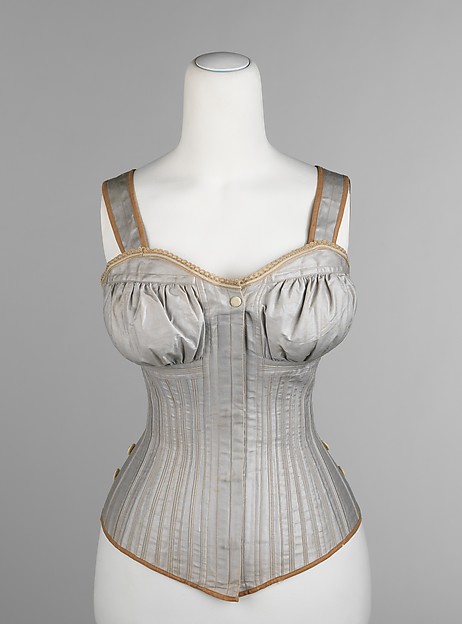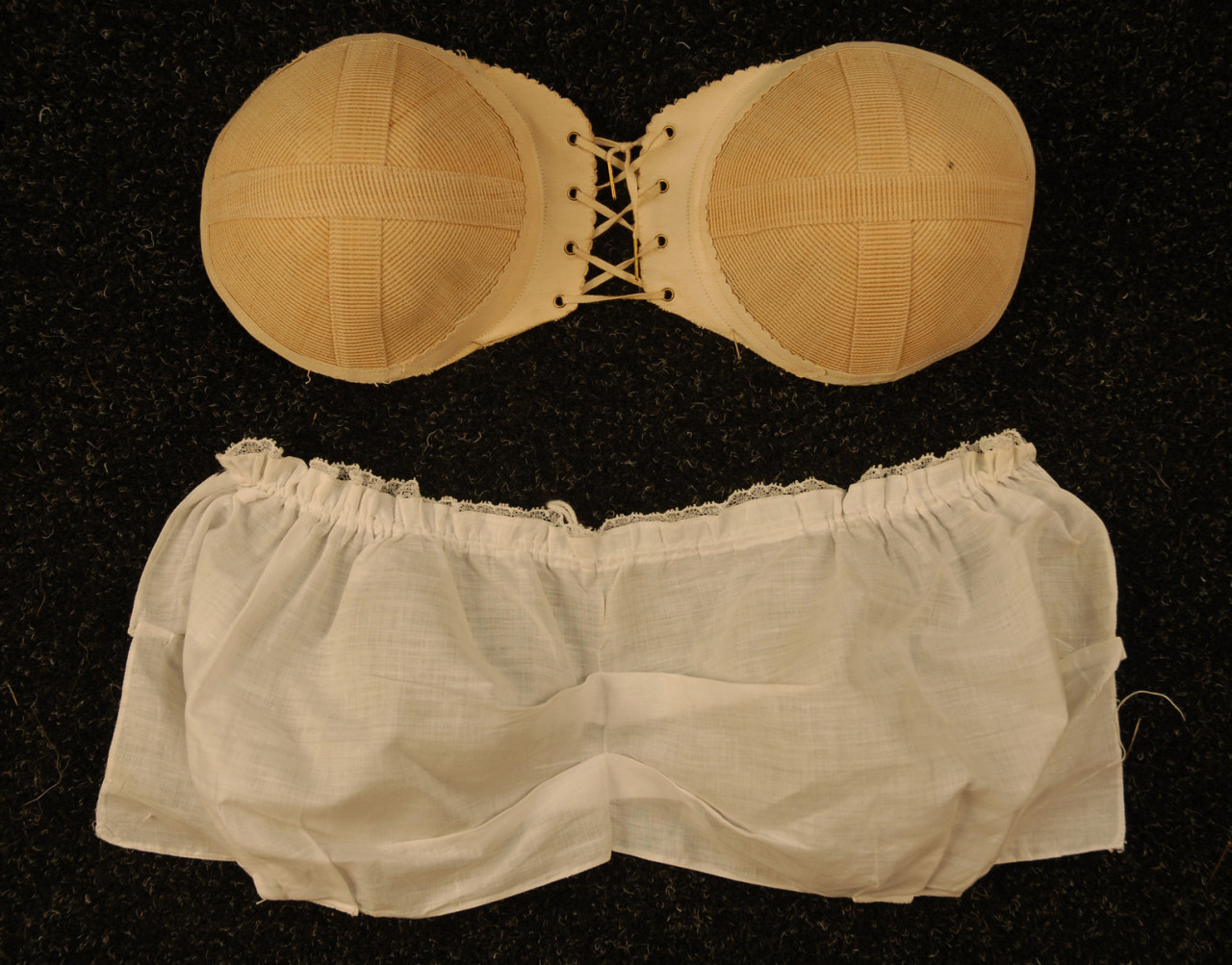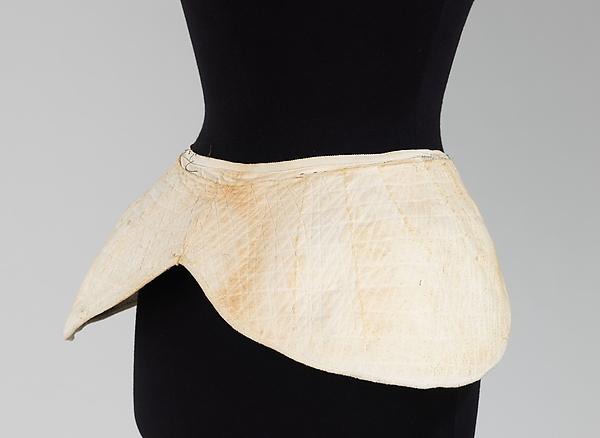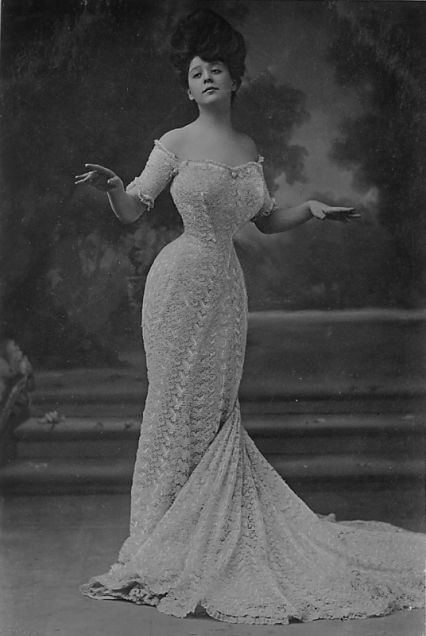Whoa.
Here's the 1898 Butterick size chart, from The Delineator, Volume 52, Issue 5:
These measures were NOT taken on the nude form, but over all the underpinnings ladies were wearing - corsets, bust improvers, hip pads, and whatever else ladies were oomphing themselves up with at the time. You will see in the 1898 chart that a 34" high bust corresponds to any waist measurement between 18" and 24" but no greater than that "10 inch rule."
These charts are *very* interesting because they represents the ideal proportions for 1898, and 1905. Let us compare to the modern, 2013 Butterick standard of measurements:
"Chest," indicates the high bust measurement, or just "bust" used in the Victorian charts.
So... in about 100 years we've gone from a 10 inch difference between the waist and high bust, to a 6 inch difference; and about a 10 inch difference between the hip and waist, versus a 17-23.5 inch difference.
Why?
The answer is obvious to us costumers - a little squeeze here, a little fluff there, and you've achieved the ideal hourglass figure. Don't be deceived though - just as much fluff was added on as corseting was reducing the waist, as these items will show:
 |
| The Met, 1890 - overbust corset with extra puff added to the bust. |
 |
| LACMA, 900 - this is a "bust improver." |
 |
| Whitaker Auctions, 1890 - another example of fake boobs to give a girl some oomph up top |
 |
| The Met, early 20th c. This is a hip pad. |
 |
| The Met, 1950s - Hip Pad, yes, mid-20th century! |
Marilyn's dressmaker measurements were 35 bust, 22 waist, 35 hip. Her studio measurements were 37 bust, 23 waist, 36 hip. The difference comes from padding and waist control, using bullet bras, hip pads, and girdles, not so very different from bust improvers, hip pads, and corsets of the 1890s and 1900s. Of course, everday women weren't shaped this way, just like we aren't today (unless you're lucky), but if we can take away anything from this research, it's this...
You too can easily achieve the ideal proportion of your time period through judicious use of the very same tools that women of the past employed.
 |
| Camille Clifford is *still* famous for her hourglass figure, but how much of this could be an illusion? |
You *don't* have to corset train or reduce your waist uncomfortably to achieve these results! Women have been adding to their tops and bottoms for centuries, to make their waists look small, and you can too. :-)

